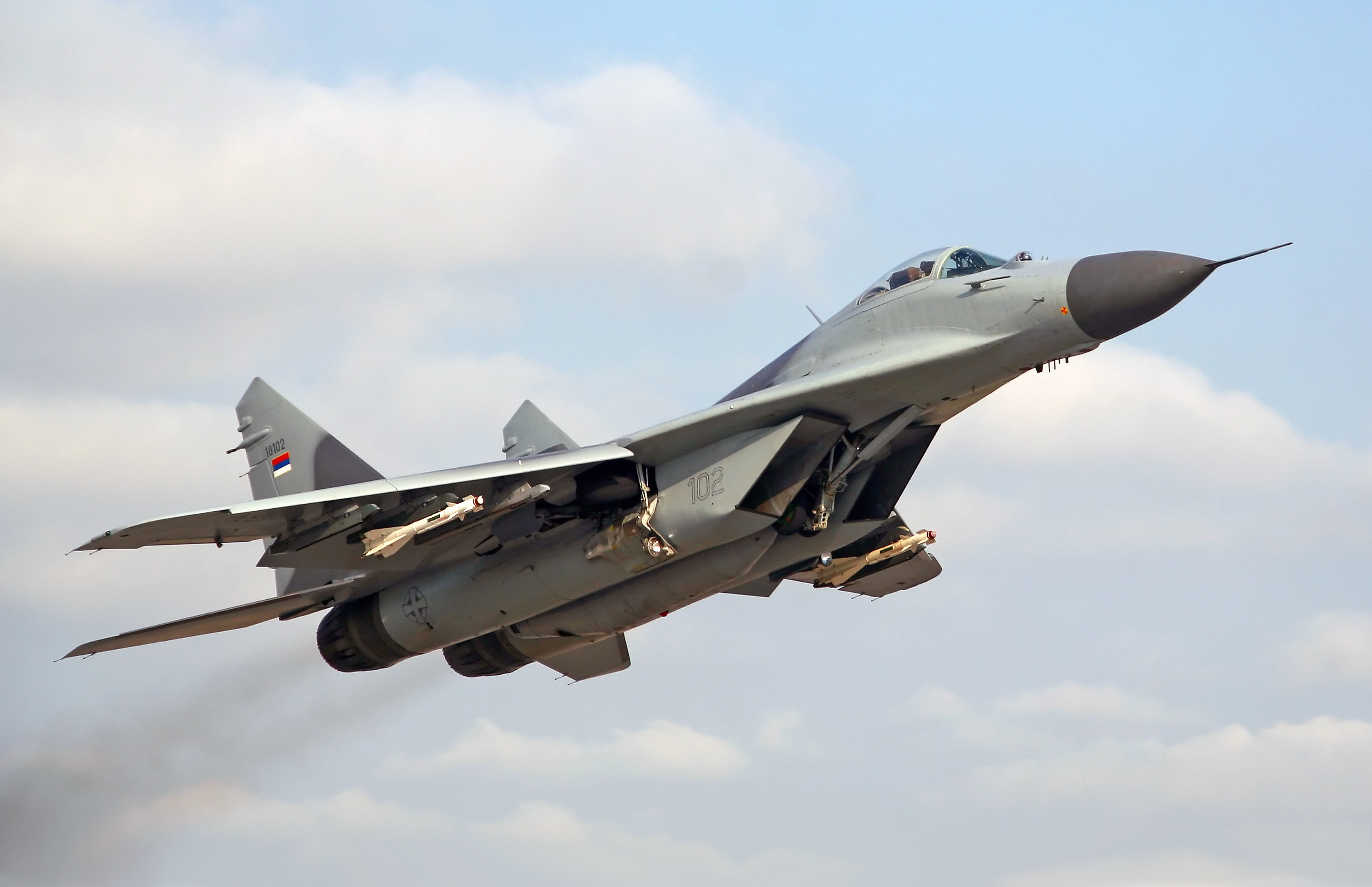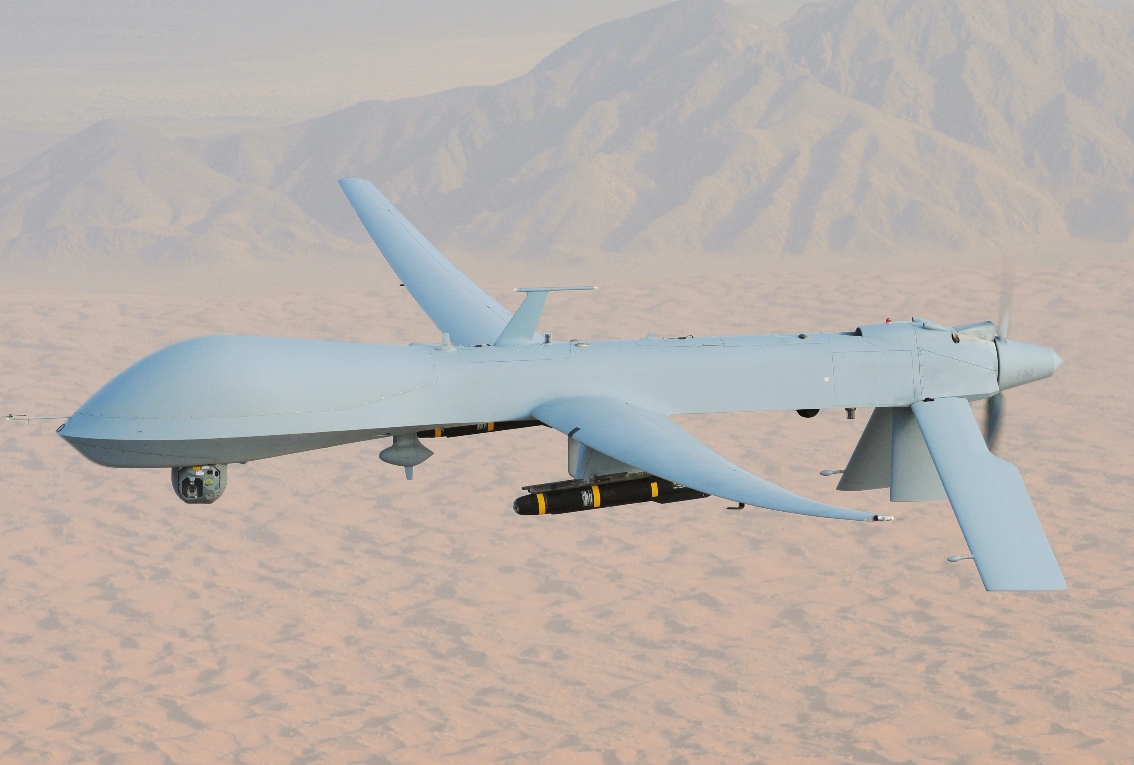Stealth Jet, 20+ UAVs Shot Down – How 1999 Conflict Exposed Chink In NATO’s Armor During Yugoslavia War

On March 24, the 25th anniversary of NATO’s bombing of Yugoslavia, which is also commemorated as Remembrance Day for the victims of the NATO Aggression on Yugoslavia, people gathered in Prokuplje, some 260 kilometers south of the capital Belgrade, to pay their tributes to the dead.
At an event held to commemorate the day, Serbian President Aleksandar Vucic said, ”They (NATO) wanted to destroy our homeland, to destroy Serbia and dismember it, but they failed.”
“Twenty-five years have passed, and we remain unbroken… We will never consent to the dismemberment of Serbia! Kosovo and Metohija shall never willingly be torn from us,” Vucic stressed.
The President said, rather emphatically, that Serbia will not join NATO or give up the provinces of Kosovo and Metohija. Earlier, the President had warned that his country would consider quitting the Council of Europe if it admitted its former Serbian province, Kosovo.
Tension continues to flare up between the two sides, time and again. Many are concerned that relations between Serbia and Kosovo have grown more antagonistic in recent months. When violence broke out in the northern part of Kosovo in September, Belgrade retaliated by stepping up military operations along its border with its neighbor.
Last fall, Kosovo accused Serbia of trying to annex its northern region. It alleged that the attackers had been preparing for this for a long time at military bases, and the attack was encouraged by Serbian President Aleksandar Vucic, Defense Minister Milos Vucevic, and Army Chief of Staff Milan Mojsilovic.
In 1999, an armed confrontation between Albanian separatists from the Kosovo Liberation Army (KLA) and the Serbian army led to the bombing of what was then the Socialist Federal Republic of Yugoslavia, consisting of Serbia and Montenegro, by NATO forces.
The operation was carried out without the UN Security Council’s sanction and was motivated by claims made by Western nations that the Yugoslav authorities were ethnically cleansing Kosovo Albanians. Almost 2,500 people, including 87 children, died as a result of NATO airstrikes that lasted from March 24 to June 10, 1999.

The memories of the NATO bombing campaign codenamed ‘Operation Allied Forces’ remain fresh some 25 years later. While Kosovo has been very warm to the United States, which essentially led the campaign, Serbia has been downright resentful. The bombing has been called “illegal” by many, with accusations of human rights violations leveled against the NATO Allies who took part in the campaign.
Despite being credited with ending the war, NATO’s aerial bombing campaign remains marred in controversy for being unwarranted and illegal. This modern-day NATO war was replete with many surprises, like exposing the invincibility of a stealth US jet, an extensive deployment of Unmanned Aerial Vehicles (UAV) by NATO, and an unprecedented loss of Yugoslavian MiG-29 jets.
NATO’s Bombing Saw Deployment Of Drones
After the bombing war in Bosnia and Herzegovina in 1995, the bombing by NATO was the second major combat operation. Debates concerning the intervention’s validity arose because it was the first time NATO had deployed military force without the explicit support of the UN Security Council and, consequently, international legal authority.
During the campaign, the USS Theodore Roosevelt aircraft carrier was cruising in the Adriatic Sea, and 1,000 aircraft were operating out of air bases in Germany and Italy. Over 38,000 combat missions were flown by NATO aircraft in the ten weeks of hostilities.
NATO launched its bombing operation against Yugoslavia on March 24 at 19:00 UTC. The Spanish Air Force’s F/A-18 Hornets were the first NATO aircraft to conduct Suppression of Enemy Air Defense (SEAD) missions and attack Belgrade. Ships and submarines fired Tomahawk cruise missiles, designated BGM-109, in the Adriatic.
One of the major takeaways from the air combat that followed the bombing was the shootdown of MiG-29 fighter jets of Soviet origin by the Dutch F-16s produced in the United States. One of the first kills in this operation was made by the F-16 of the Royal Netherlands Air Force.

On the night of March 24, four F-16AMs of the Dutch Air Force were among the first NATO aircraft to enter Serbian airspace. In just a matter of minutes, a Serbian MiG-29 was shot down by the Dutch, giving them their first air-to-air win since World War II.
Another canon event in the war exposed the invincibility of US stealth capability. On March 27, 1999, the F-117 Nighthawk, heralded as the world’s first operational stealth aircraft, was shot down by a Yugoslav army unit, dispelling the perception of invulnerability associated with stealth technology.
The incident severely damaged the reputation of American “invisible technology” at a time when stealth capabilities were heralded as revolutionary. The F-117 was intended to be America’s most valuable weapon in the fight against the Soviet Union. It was the culmination of decades of covert research and development.

However, a much less talked about part of Operation Allied Forces was the deployment of Unmanned Aerial Vehicles.
Drones, or light unmanned aerial vehicles, were circling the skies over Kosovo as the NATO air campaign intensified into almost constant bombing. They served as electronic scouts, locating and filming elusive targets, particularly Serbian troops concealed in bunkers or woods, and instantly transmitting those images to fighter jets overhead.
The drones were reportedly part of the electronic warfare that was being waged from border posts. Reports from the time noted that drone footage and photos proved to be crucial as NATO focused on Serbian forces and weaponry. The NATO forces employed the Hunter UAVs and Predator drones, among other drones.
The surveillance drones were designed to fly as low as 1,000 feet. They quickly sent the images they took of what they saw on the ground to advance aircraft, such as F-16s and A-10s, whose pilots then called in strikers to bomb the targets.

”That’s the biggest thing now, to get those pictures in real time for tactical information so we can move on the targets as soon as we find them,” said an allied official at the time.
Usually, the data and pictures were forwarded to local controllers before being forwarded to NATO headquarters in Belgium or Italy. According to a Pentagon official, the material transmitted by the Hunter UAVs was reviewed by the Apache task force in Albania, and a significant portion of the video captured by the Hunters and Predators was transmitted to the Pentagon.
The allied soldiers were getting better at “telling the sound of cows from the Serbs” after conducting electronic eavesdropping along the border, an official told The New York Times.
NATO later admitted that it lost 21 UAVs to enemy action or technical malfunctions throughout the battle, including five French and at least seven German UAVs. A Yugoslav general asserted that Yugoslav air defenses and ground forces had shot down 30 UAVs, while the commander of the Yugoslav Third Army stated that Yugoslav forces had shot down 21 NATO UAVs.
This was one of the first instances of drones being used in combat and may have paved the way for drone warfare in days to come. Drones have now assumed more significance, as seen in global conflicts, more specifically in the ongoing Ukraine war and the many flashpoints like the Azerbaijan-Armenia conflict of 2020.
- Questions and Answers
- Opinion
- Story/Motivational/Inspiring
- Technology
- Art
- Causes
- Crafts
- Dance
- Drinks
- Film/Movie
- Fitness
- Food
- Игры
- Gardening
- Health
- Главная
- Literature
- Music
- Networking
- Другое
- Party
- Religion
- Shopping
- Sports
- Theater
- Wellness
- News
- Culture
- War machines and policy

